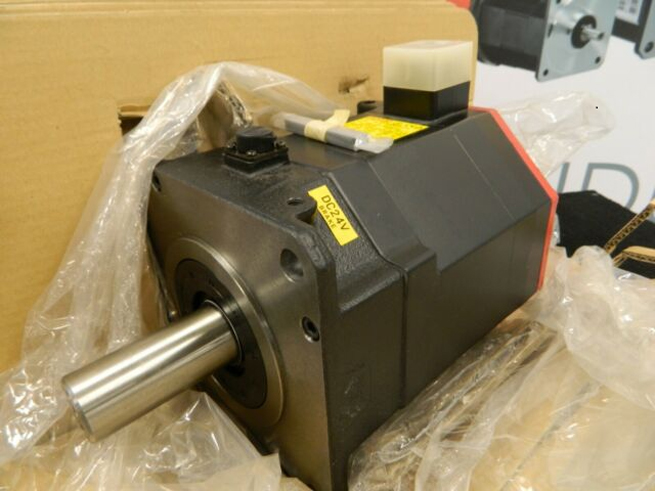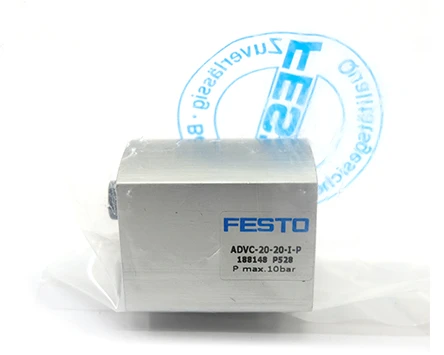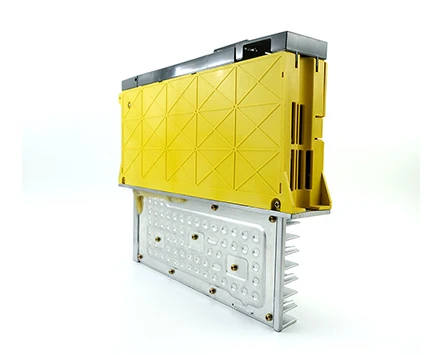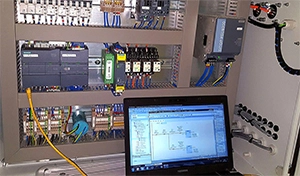
Fanuc servo motors will often experience motor failures due to long-term continuous use or improper operation by users, and maintenance is more complicated. So we collected 3 common faults and repair methods of fanuc servo for everyone to learn from.

Common troubleshooting methods for Fanuc servo motors
We first observe whether sparks are generated between the carbon brush and the commutator when the motor is running, and the degree of sparks, and then decide how to repair it.
1. There are only 2 to 4 very small sparks. At this time, if the surface of the commutator is flat, it is not necessary to repair it in most cases.
2. If there is no spark, then no need to repair.
3. There are more than 4 very small sparks, and there are 1 to 3 large sparks, you don't need to disassemble the armature, just use sandpaper to grind the carbon brush commutator.
4. If there are more than 4 large sparks, you need to sand the commutator with sandpaper. Moreover, the carbon brushes and the armature must be disassembled to replace the carbon brushes.
1. The surface of the commutator is obviously uneven (you can feel the unevenness with your hands) or sparks are as in the fourth situation when the Fanuc ac servo motor is running. At this time, the armature needs to be disassembled, and the converter is processed with a precision machine tool.
2. The surface of the commutator is basically flat, but there are very small scars or sparks as in the second case. Then you can manually grind with water sandpaper without disassembling the armature. The order of grinding is to process a wooden tool according to the outer arc of the commutator. Cut water sandpapers of several different thicknesses into strips as wide as the commutator, and remove the carbon brushes (please pay attention to mark on the handle of the removed carbon brush and the carbon brush slot, it can help ensure that the left and right sides are not changed during installation mistakes). Then use a wooden tool wrapped with sandpaper to fix the commutator, and use the other hand to gently rotate the shaft commutator in the direction of rotation of the motor to grind. Fanuc motor maintenance uses sandpaper in the order of thickness first and then finer. When a piece of sandpaper cannot be used, change to another finer sandpaper until the finest water sandpaper (or metallographic sandpaper) is used up.
The phenomenon of movement occurs during the feed, and the speed measurement signal is unstable, such as a crack in the Fanuc encoder. There is poor contact of the wiring terminals, such as loose screws, etc. When the movement occurs at the moment of commutation from the forward movement and the reverse movement, it is generally caused by the reverse gap of the feed transmission chain or the Fanuc servo drive gain is too large.
Fanuc spindle motor maintenance creeping phenomenon mostly occurs when starting the acceleration section or low-speed feed. Generally, it is caused by factors such as poor lubrication status of the feed transmission chain, low servo system gain and excessive external load. Special attention should be paid to the coupling of the Fanuc ac spindle motor and the ball screw. Due to the loose connection or the defects of the coupling itself, such as cracks, the rotation of the ball screw and the Fanuc ac servo motor is not synchronized, which makes the movement speed fast and slow suddenly.
We will introduce more about the common fault repairs of Fanuc motor machines, follow us and not miss the update blog.
 English
English 日本語
日本語 한국어
한국어 français
français Deutsch
Deutsch Español
Español italiano
italiano русский
русский العربية
العربية Türkçe
Türkçe Jawa
Jawa






